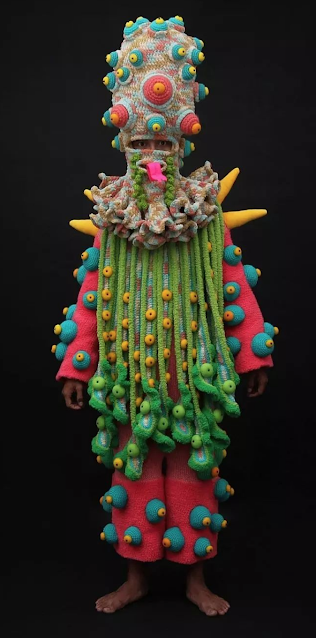Featured
- Get link
- X
- Other Apps
the most cheerful people in all the world
... so much truth in that statement, "the most cheerful people in all the world" .. That is almost a myth these days, PUCK says...
BACKGROUND: Setting off by canoe with Indigenous guides in June 1920, Flaherty followed
Moose River to Moose Factory on James Bay. Here, he boarded a schooner,
and finally, in August, reached Inukjuak (formerly Port Harrison) in
Nunavik. Holding auditions, he selected a man of the Itivimuit tribe
named Allakariallak for his star, whom he would subsequently immortalize
as Nanook of the North.
MEANWHILE:
Otis was looking at
THE FILM:
The intertitles set the scene for Nanook’s introduction — a man
untroubled by the corrupting influences of civilization. “The sterility
of the soil and the rigor of the climate no other race could survive;
yet here, utterly dependent upon animal life, which is their sole source
of food, live the most cheerful people in all the world — the fearless,
lovable, happy-go-lucky Eskimo.”
- Get link
- X
- Other Apps

easy, right? click on older posts
Contact Me


indeed!
a good thing...

Popular Posts
OTIS: Hazel's blog on Thread, Fashion and Costume: Mulyana
- Get link
- X
- Other Apps
Santa is a Monk or a Psychedelic Mushroom?
- Get link
- X
- Other Apps






Comments
Post a Comment
send me your idea!